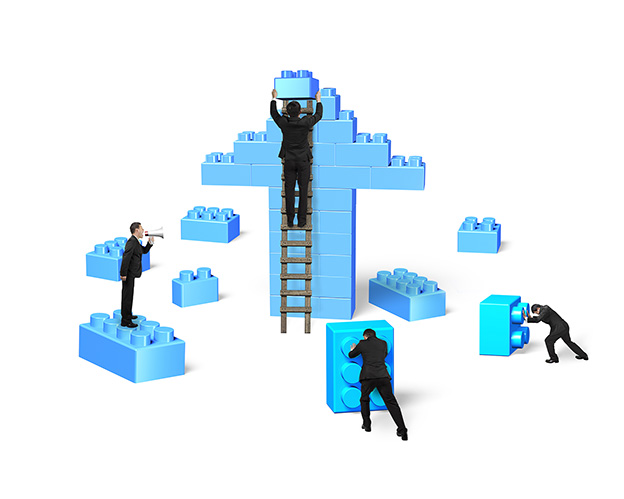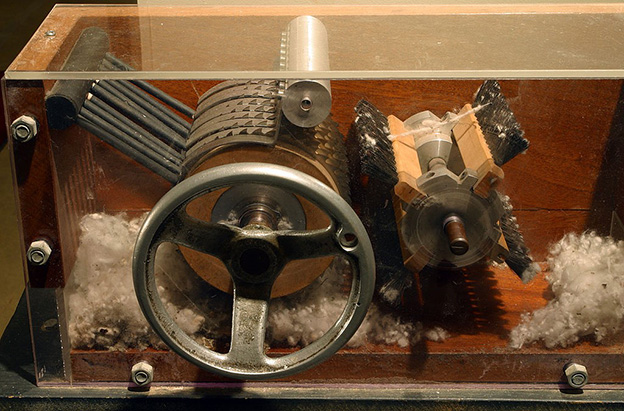Everyone is forgetting to virtualize the most important element within the IT environment – the humans. Virtualization through cloud, software defined networking (SDN), and software defined data centers (SDDC) is the latest craze with internet architectures. IT organizations are moving away from proprietary hardware towards common off the shelf (COTS) platforms that can perform a variety of tasks.
The hardware and software have been virtualized, but the “humanware” is racing to catch up to support the capabilities of the virtual infrastructures. Manually manipulating the virtual networks with manual processes is not efficient. Organizations lose much of the benefits of these virtualized application delivery architectures when human-driven manual processes are still used to support them.

The goal of virtualization is to make the IT infrastructure more pliable. Businesses need on demand resourcing and the ability to add and remove services quickly and easily. The virtualized infrastructure acts like generic building blocks. They can be added and removed to the application delivery architecture in the same way a young person builds a spaceship.
Virtualization makes it easy to accomplish these tasks. The infrastructure can be purposed to perform a designated task by installing the right software and configuring it to interact with the surrounding components in a proper fashion.
Eli Whitney’s cotton gin
In the late 18th century, Eli Whitney invented the cotton gin. Prior to this invention, cotton fibers had to be painstakingly separated from the cotton seed by hand. This was a manual and very labor intensive process. Whitney’s revolutionary device eliminated the human element by automating the fiber separation and revolutionized cotton production.

Source: https://en.wikipedia.org/wiki/Cotton_gin
[You might also like: Hybrid Cloud - It's Not the Migration That Hurts]
The elastic and agile modern IT infrastructure does not have the equivalent of Whitney’s cotton gin. In theory, IT professionals talk about management and orchestration (MANO) to support the coordination and manipulation of the different elements in the flexible architecture. In reality, no MANO design has the tools to perform the operational tasks that humans do on a regular basis.
We need the tools and framework to build customized equivalents to the cotton gin designed for each organization’s operational needs. The painstaking processes that IT operations professionals perform need to be automated with a common tool set.
I, robot
The human process needs to become an automated process for businesses to extract the full benefits of the virtualized environments. Application delivery architectures become more efficient and effective when we convert the human-driven operational tasks to automatic and standardized functions.
IT organizations will continue to be doing the equivalent of stripping cotton until the automated tools are made available to perform these tasks. Only then will businesses start seeing the full value and potential of these new virtualized architectures.

Read "Keep It Simple; Make It Scalable: 6 Characteristics of the Futureproof Load Balancer" to learn more.
Download Now